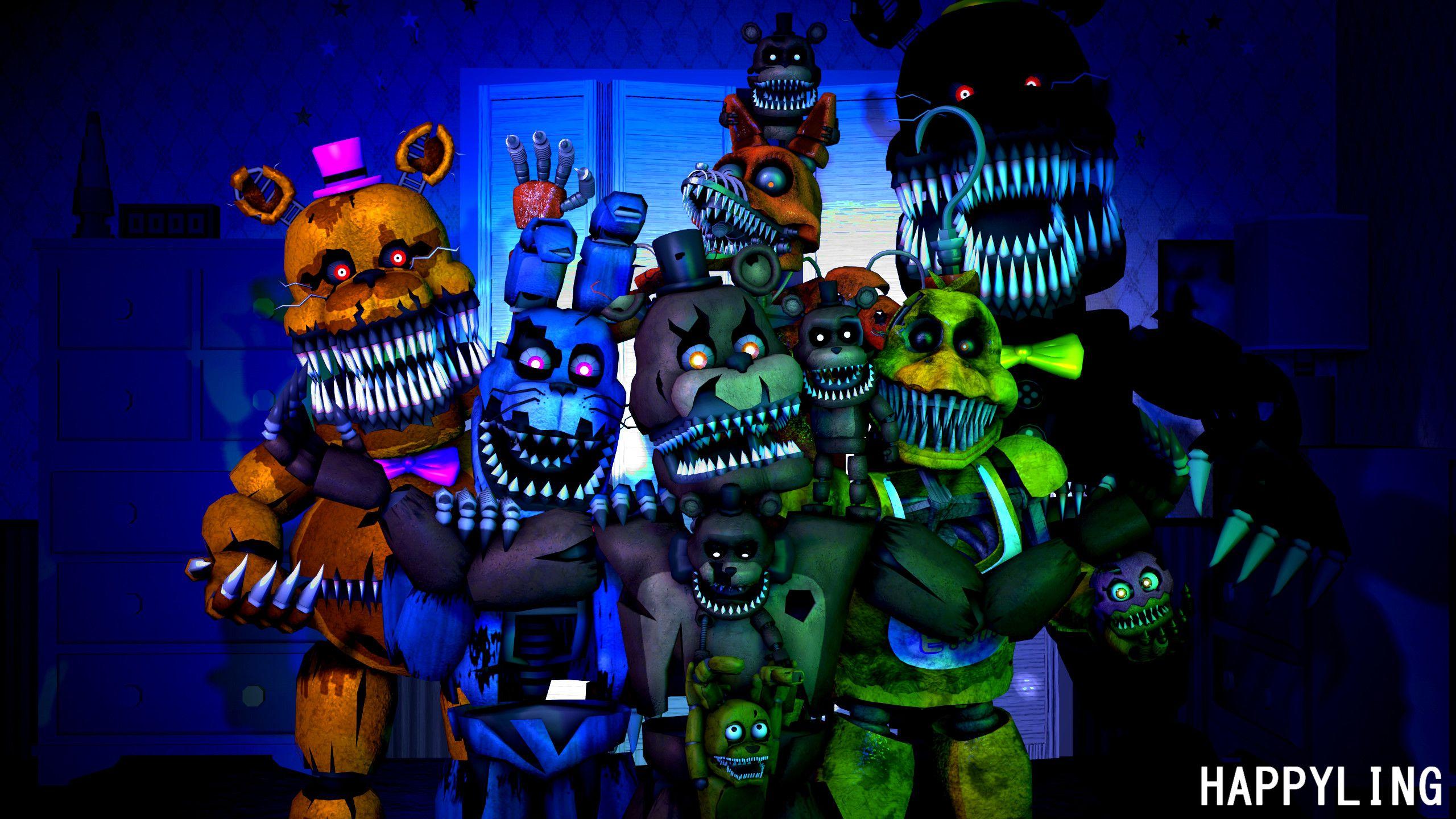Unveiling the Phenomenon: Exploring the planet of Five Nights at Freddy's (FNAF)
In the realm of video gaming, few franchises have captivated audiences and created a fervent following quite like Five Nights at Freddy's, commonly referred to as FNAF. Produced by Scott Cawthon, this indie horror game series took the gaming community by storm and quickly rose to prominence. Its unique gameplay mechanics, chilling atmosphere, and compelling lore have made FNAF a cultural phenomenon. In this blog, we explore the mysterious universe of FNAF, examining its origins, gameplay elements, and the enduring impact it has had on the gaming landscape. Origins of FNAF: Five Nights at Freddy's comes from the creative mind of Scott Cawthon, an independent game developer. Initially released in August 2014, the game took inspiration from Cawthon's previous projects, blending components of horror, suspense, and strategy. The idea was simple yet captivating: players assume the role of a night security guard at Freddy Fazbear's Pizza, a fictional family restaurant. Their objective would be to survive five consecutive nights while fending off animatronic characters which come alive at night, utilizing a limited set of resources and monitoring the restaurant's security cameras. Gameplay Mechanics: At its core, FNAF is a first-person survival horror game that keeps players on the edge of their seats. The gameplay is focused on observation, strategy, and quick reflexes. Players must vigilantly monitor the restaurant's surveillance cameras to track the animatronics' movements preventing them from entering their office. The limited resources, such as for example power for lights and doors, intensify the suspense, requiring players to control their usage wisely. The tension builds because the nights progress, with each subsequent night introducing new challenges and animatronics with distinct behavior patterns. The Intriguing Lore:  One of the defining areas of FNAF is its intricate and enigmatic lore, which has captivated players and spawned countless fan theories and discussions. As players progress through the games, they uncover a complex narrative that reveals the dark history of Freddy Fazbear's Pizza and the tragic events that unfolded within its walls. The lore is primarily conveyed through cryptic minigames, hidden easter eggs, and the occasional newspaper clippings, leaving players to patch together the puzzle and unravel the mysteries surrounding the animatronics and their creator. Cultural Impact and Fanbase: FNAF has left an indelible mark on popular culture, transcending the boundaries of gaming. The franchise has spawned numerous sequels, spin-offs, merchandise, and even a novel series. Its impact extends beyond the gaming community, with FNAF-themed fan art, cosplay, and fan-made animations proliferating across various online platforms. https://84silver.com/walkthrough-resident-evil-4-guide.html has embraced the franchise's characters and lore, engrossing themselves in discussions and fan theories, adding to the enduring popularity and longevity of FNAF. Conclusion: Five Nights at Freddy's stands as a testament to the energy of indie game development and the capability to create immersive experiences that resonate with audiences on a profound level. Its unique mixture of horror, suspense, and lore has propelled it into the gaming pantheon, captivating players and inspiring a passionate community. FNAF's success showcases the potential of storytelling in the gaming medium and serves as a reminder that even the most seemingly simple concepts can leave an enduring impact. As FNAF continues to evolve, fans eagerly await what chilling experiences await them in the shadows of Freddy Fazbear's Pizza.
One of the defining areas of FNAF is its intricate and enigmatic lore, which has captivated players and spawned countless fan theories and discussions. As players progress through the games, they uncover a complex narrative that reveals the dark history of Freddy Fazbear's Pizza and the tragic events that unfolded within its walls. The lore is primarily conveyed through cryptic minigames, hidden easter eggs, and the occasional newspaper clippings, leaving players to patch together the puzzle and unravel the mysteries surrounding the animatronics and their creator. Cultural Impact and Fanbase: FNAF has left an indelible mark on popular culture, transcending the boundaries of gaming. The franchise has spawned numerous sequels, spin-offs, merchandise, and even a novel series. Its impact extends beyond the gaming community, with FNAF-themed fan art, cosplay, and fan-made animations proliferating across various online platforms. https://84silver.com/walkthrough-resident-evil-4-guide.html has embraced the franchise's characters and lore, engrossing themselves in discussions and fan theories, adding to the enduring popularity and longevity of FNAF. Conclusion: Five Nights at Freddy's stands as a testament to the energy of indie game development and the capability to create immersive experiences that resonate with audiences on a profound level. Its unique mixture of horror, suspense, and lore has propelled it into the gaming pantheon, captivating players and inspiring a passionate community. FNAF's success showcases the potential of storytelling in the gaming medium and serves as a reminder that even the most seemingly simple concepts can leave an enduring impact. As FNAF continues to evolve, fans eagerly await what chilling experiences await them in the shadows of Freddy Fazbear's Pizza.